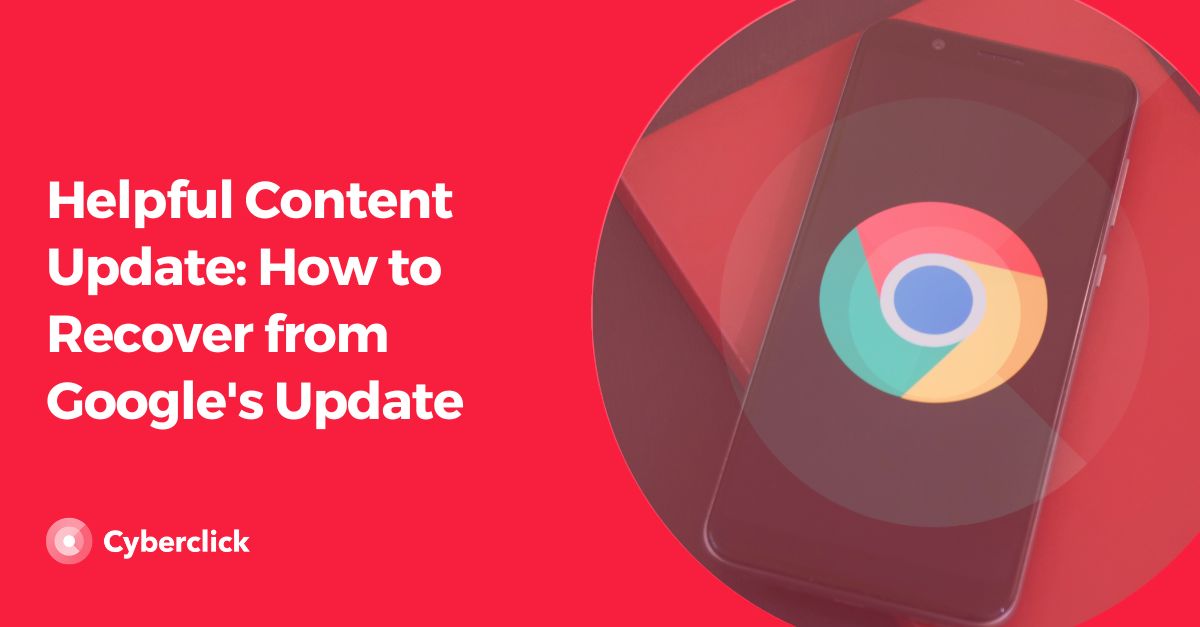Although copywriting may seem easy, it is not so easy to make article titles intriguing and creative. Considering it is one of the most important marketing elements in copywriting, you should be paying extra attention to creating an engaging one.
In this article, we'll review how to write titles for articles!

Why Titles for Articles Are Important
Even if the content is very good, it could be useless if the title of the article doesn't quickly attract the user's attention. In fact, it is estimated that only two out of ten people read the content of an article. That's why it's so important in copywriting for it to be summarized in a creative way.
Difference Between Creative and Traditional Titles
The most basic difference between a traditional title and a creative one is that the former is intended to inform readers about the main topic of an article. However, a creative title seeks to arouse the reader's interest. An informative headline is not enough to get a click, hence you need to be creative and original.
How to Write Creative Titles for Your Articles
Writing creative titles is a skill, but here's how you can make it much easier:
-
Use data and statistics to determine what works best. Analyzing the headlines of the articles with the most traffic, both your own and those of your competitors can give clues about what attracts readers.
-
Be clear about the objectives of the article. Knowing the purpose of the article, the audience it is aimed at, and what is interesting about the content will give you clues about the words or concepts you should include in your headline.
- Leverage the AIDA technique. This technique is all about including Attention, Interest, Desire, and Action in the headline.
-
Use the SHEIN technique. SHEIN refers to Specificity, Helpfulness, Entertainment, Immediacy, and Novelty.
-
Measure results. You should measure every action within your digital marketing strategy, including your headlines, to know what works and what should be improved.
Headlines, even if you follow the steps described above, can be one of the most challenging parts of the copywriting process, so practicing is key.
Final Tips to Write Creative Headlines
- Be non-conformist: Never settle for the first title that pops into your head. Even if it involves more effort, you should create several titles until you find the most engaging one.
- Be original: Try to make the title different from your competition so it stands out.
- Don't mislead the reader: Your title should give information about the content of the text, but it shouldn't create false expectations. It is very common to see striking titles that lead to an article that does not contain what is expected and is poorly written.
- You must attract quality traffic: Sometimes it is necessary to mention the type of audience the article is addressed to. This will help with bounce rates.
- Show the reader some kind of benefit: Use words that carry an implicit beneficial meaning for the reader.
- You can use the title in the form of a question: It has been proven that question titles are much more appealing to users because, indirectly, they make them participate in an action. However, the question must always be related to the content of the text.
- Use the main keyword: Keywords help search engines and users know what an article is about. Using them in titles will help your content rank organically.
- Use simple words rather than complex ones: It's always better to use simple words that can be understood universally unless the article is about a very technical topic.
To conclude, remember creating quality content to accompany your article titles is fundamental. A poorly written article will create distrust among users, leading to a drop in visits in the short or long term.
Responsable de la estrategia de contenidos y visibilidad en Cyberclick, con enfoque Allbound y especialización en posicionamiento SEO, GEO y automatización con IA. Gestión avanzada del CRM con HubSpot: base de datos, workflows, lead nurturing, scoring y reporting. Experiencia en marketing digital, comunicación corporativa y periodismo, uniendo estrategia, creatividad y tecnología para captar y convertir leads cualificados.
Responsible for content and brand visibility strategy at Cyberclick, with an Allbound approach and specialization in SEO, GEO (Generative Engine Optimization), and AI-powered automation. Advanced HubSpot CRM management: database segmentation, workflows, lead nurturing, scoring, and reporting. Background in digital marketing, corporate communications, and journalism—combining strategy, creativity, and technology to attract and convert qualified leads.





Leave your comment and join the conversation